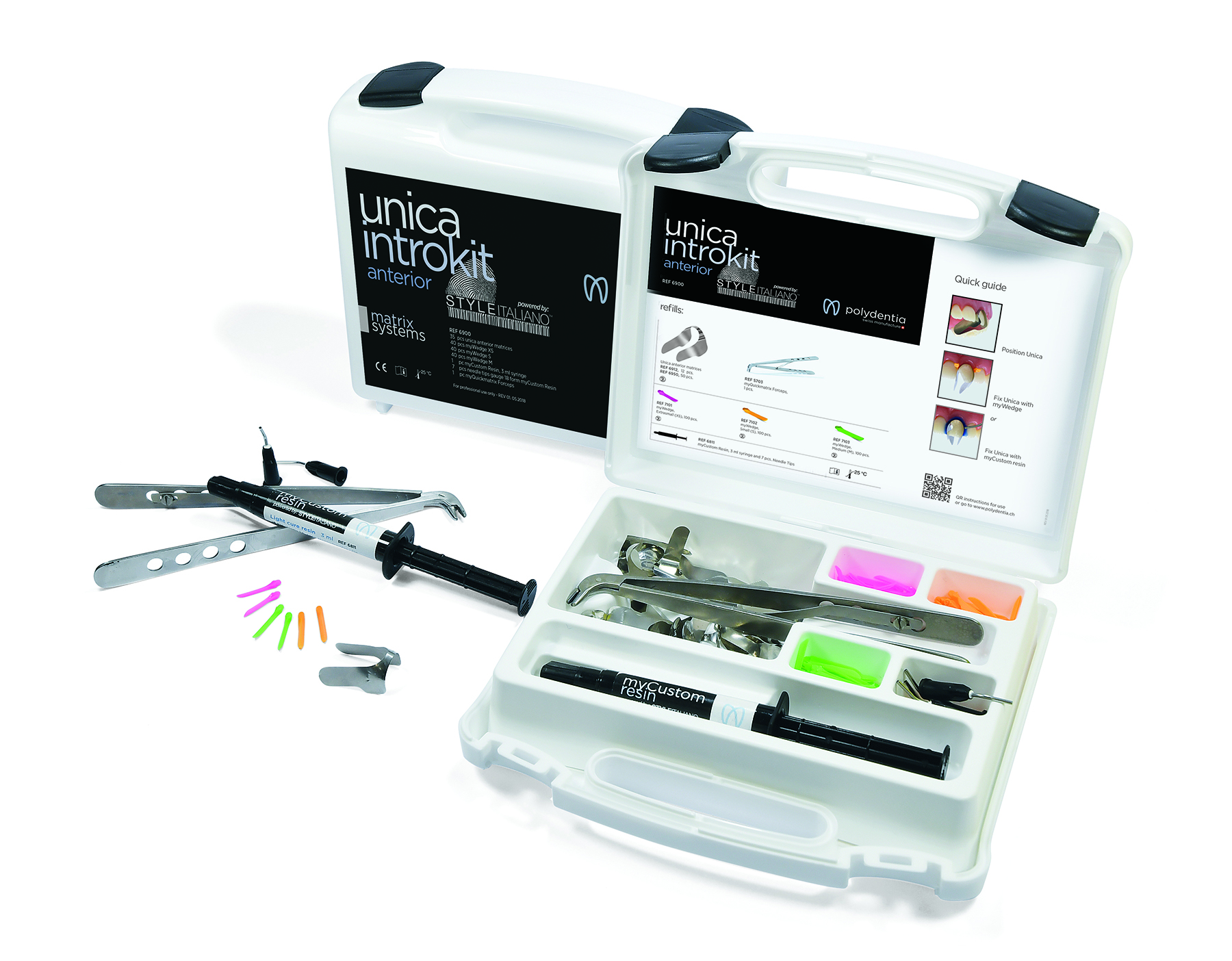Optimising restorative outcomes
Featured Products Promotional FeaturesPosted by: Dental Design 10th April 2021

In all areas of dentistry, it is important to achieve aesthetic, functional and durable results wherever possible. For patients, this provides value for their investment, increases their satisfaction with the service they receive and protects their oral health for longer. The practice benefits from happier patients and the consequential rise in referrals this affords, as well as greater productivity and diary efficiency when patients needn’t return for repairs and adjustments. This is especially relevant with regards to restorative dentistry.
If we consider the key factors that contribute to treatment success, we see that there are some simple steps to help clinicians optimise their restorative outcomes.
Training
It almost goes without saying that clinicians and their teams require adequate training in the different restorative techniques they intend to use in the practice. Knowledge and skills should be constantly updated and refreshed in order to ensure that dental teams focus on the latest, evidence-based concepts. In doing so, potential complications can be overcome or avoided altogether for the very best aesthetic and functional results.
Of course, hands-on training has been made more difficult than it has ever been in recent months with social distancing restrictions, national/regional lockdowns and the need for business recovery making time away from practice impossible for many. Despite this, dental professionals can and have been seeking out online training and educational resources to develop their capabilities and introduce new products that support the efficiency and predictability that are so important in practice right now.
Treatment planning
The not-so-secret key to any successful dental treatment is effective planning. Even for the simplest, single tooth restorations, clinicians need to decide the most appropriate techniques and materials to use ahead of time. These might be influenced by the individual’s own preferences or experience, the solutions and time available, or the patient’s treatment goals and/or financial means. Modern clinicians often prioritise minimally invasive concepts where appropriate in order to preserve as much of the natural tooth structure as possible – full-prep veneers are now a thing of the past except in fairly rare occasions.
Patient communication
As part of the treatment planning and consent process, good patient communication is vital. They must understand exactly what options are available to them, including those available through both NHS and private avenues. They need to know what restorative treatment will involve, what their smile will likely look like afterwards and what potential risks there are of chipping and fractures over what sort of timeframe. This conversation must also cover how they can and should maintain results through meticulous oral hygiene at home and regular dental visits as advised by their clinician. For any patients that require a mouthguard to prevent night-time bruxism causing further tooth wear or surface loss, this should also be discussed prior to restorative procedures. It is crucial that patients understand their role in protecting the aesthetics and function realised through treatment.
 Tools
Tools
Of course, the tools used to restore a tooth or teeth have a major influence over the aesthetics, functionality and longevity achieved. Clinicians must choose how to seal the existing cavity, whether to utilise a composite or glass ionomer, how to ensure retraction and what type of sectional matrix to employ. The quality of the individual products and how well they work together should be evaluated for each individual case. So too should the properties of each product and the reputation of the manufacturer and/or supplier.
For example, the restorative portfolio from Swiss manufacturer Polydentia, now available from J&S Davis, offers a reliable, industry-leading solutions for a wide array of clinical indications. Unica anterior is a simple yet highly effective matrix solution for optimal outcomes in Class III, IV and V restorations, as well as direct composite veneers and shape modifications. For Class II restorations, myClip 2.0, myQuickmat Forte and myQuickmat Classico facilitate ideal separation forces for exceptional contact points. There are even solutions for paediatric dentistry and Fibreglass Splinting ribbons for splinting, retainers and reinforcements. With a product to suit any indications, it is easy for clinicians to find the right tools for the job.
A staple of modern dentistry
Restorative procedures are one of the staples of modern dentistry. Most patients, at some point in their life, will require some form of restorative procedure to treat an issue or improve their smile aesthetics or functionality. Being able to optimise restorative outcomes brings a plethora of benefits to the clinician and the practice. By focusing on training, treatment planning, patient communication and materials, you too can maximise on the advantages available.
For more information on the industry-leading products available from J&S Davis, visit www.js-davis.co.uk, call 01438 747 344 or email jsdsales@js-davis.co.uk
Author: Steve Brown Director of Sales and Marketing J&S Davis Ltd








